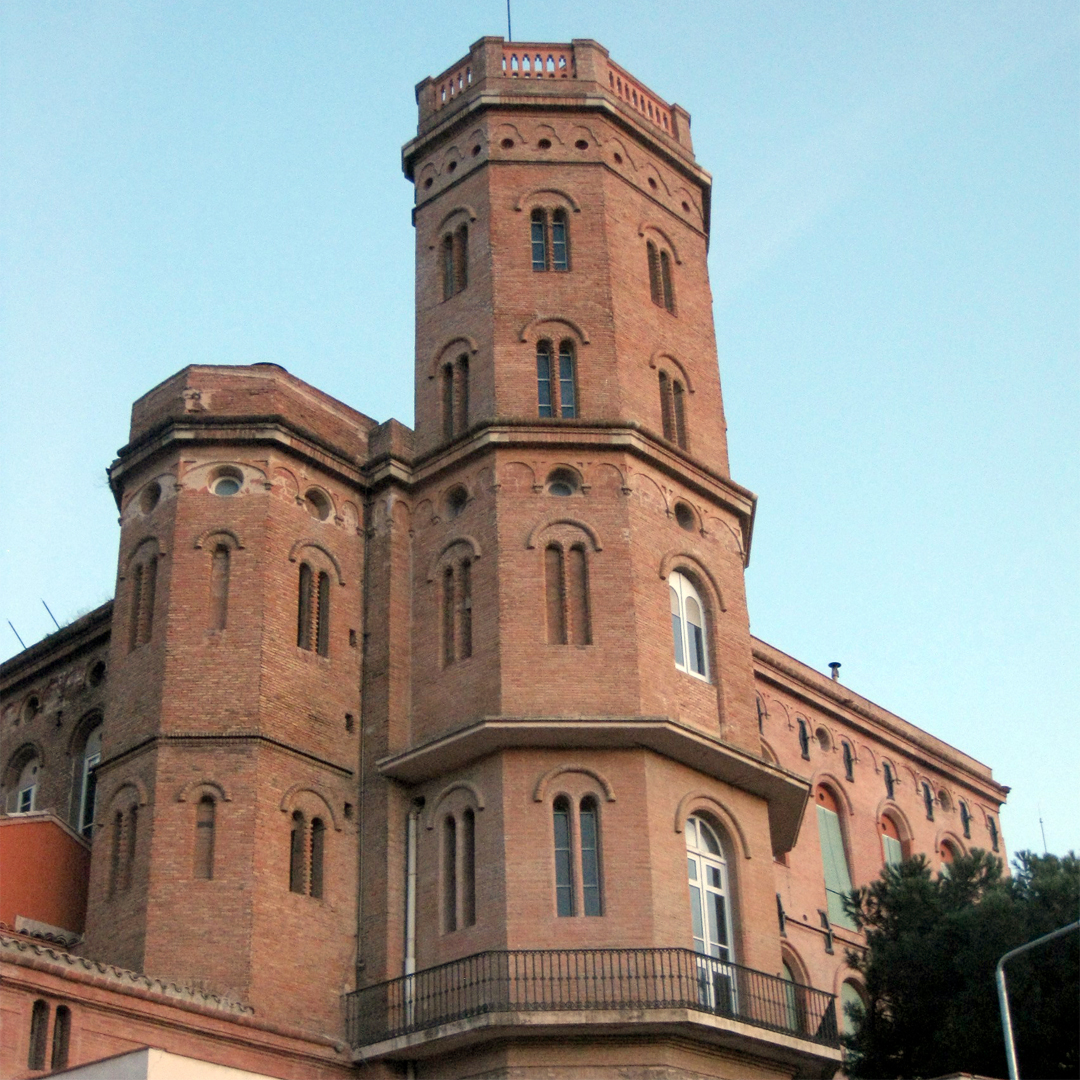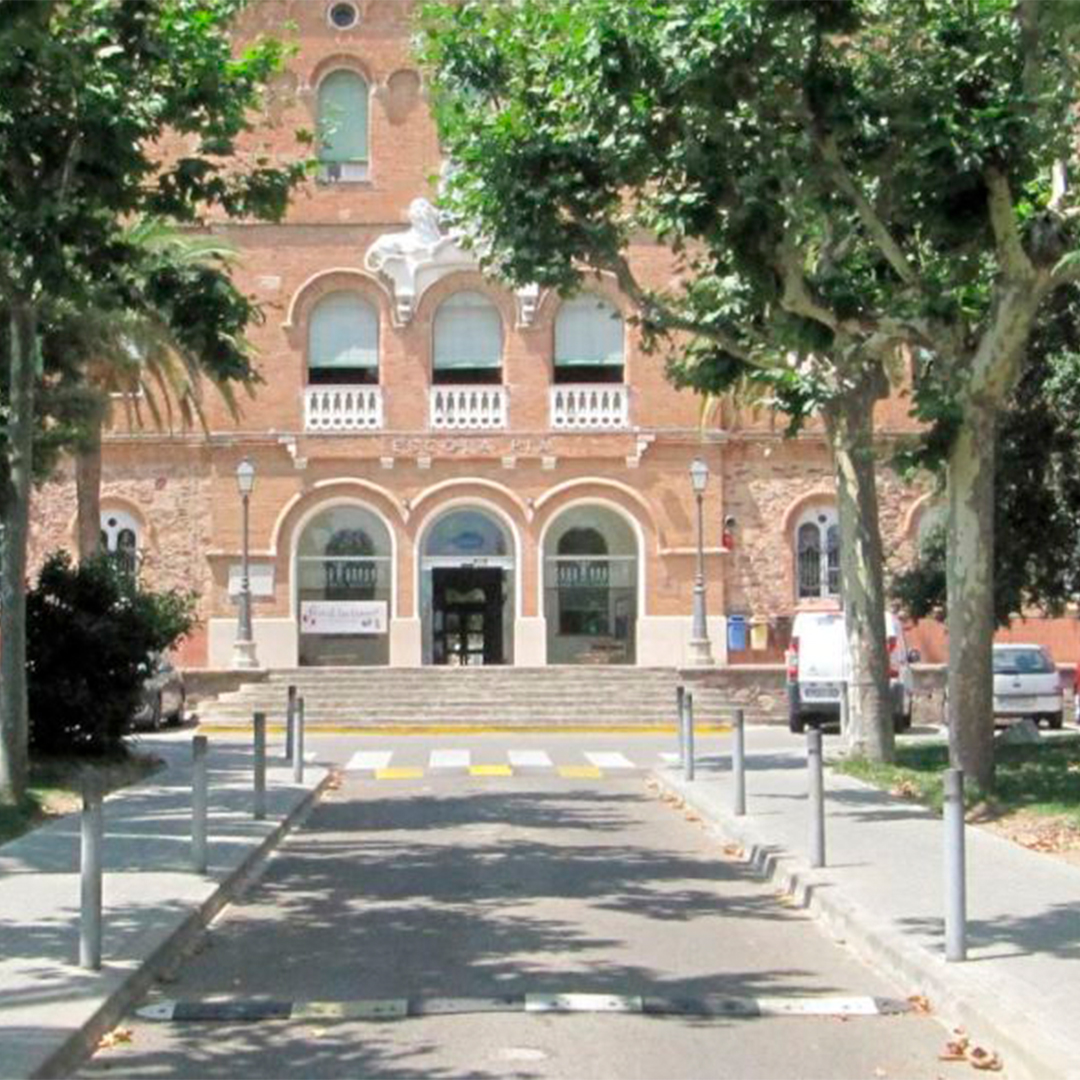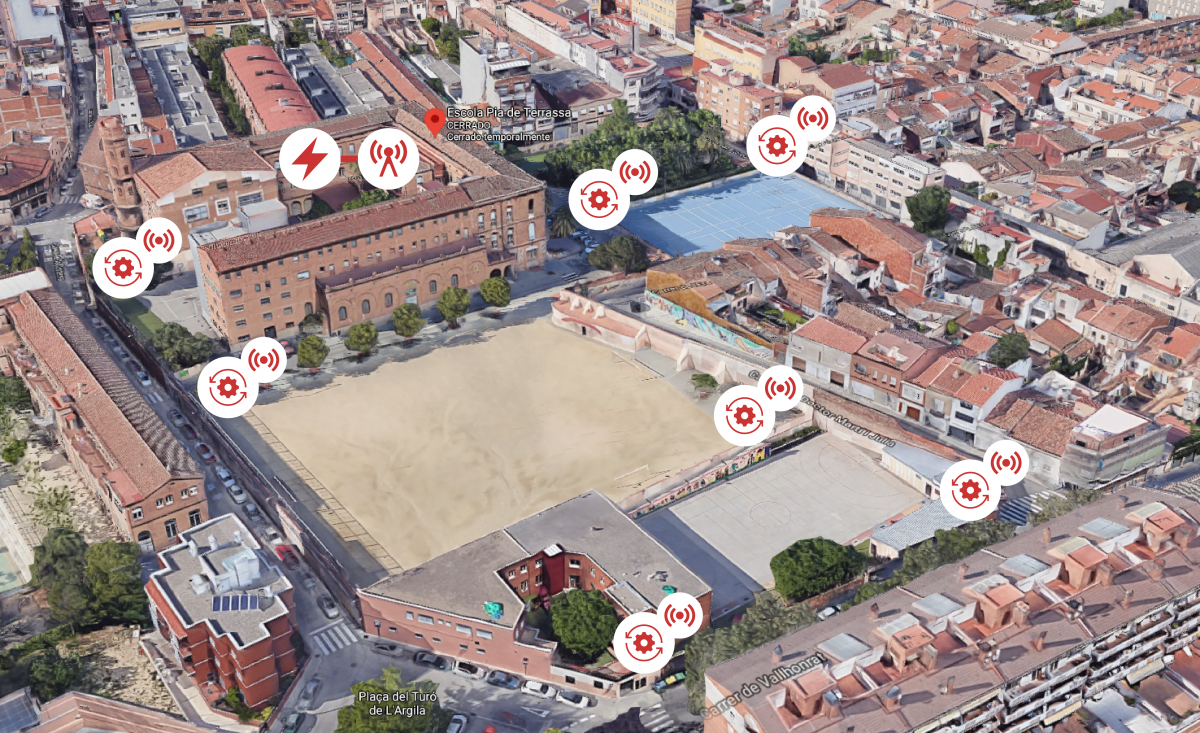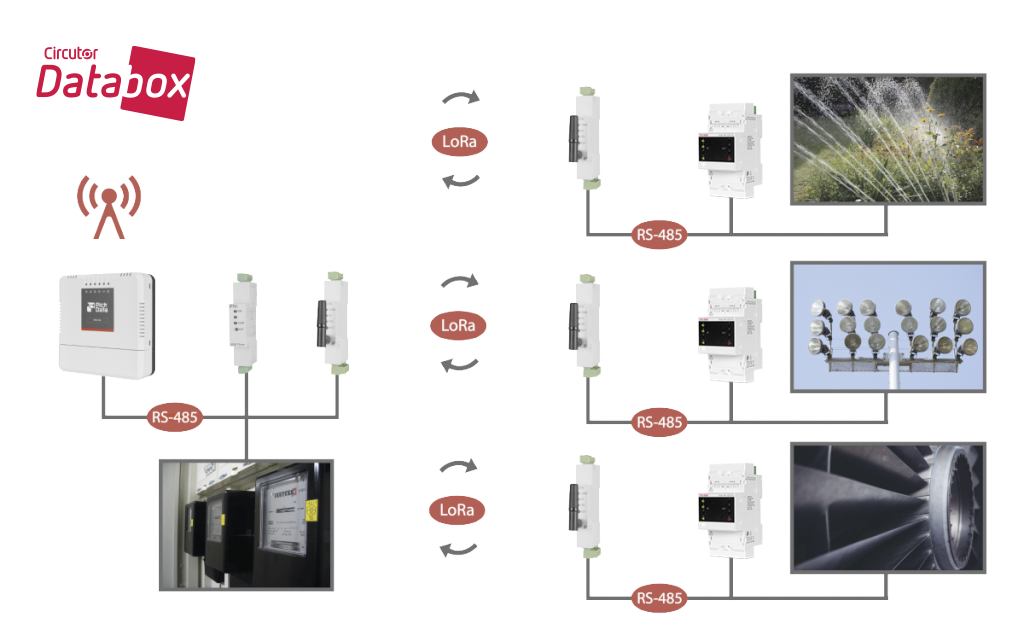
In general, the remote monitoring of installations refers to the management and control of one or more centres from a centralized location. In most cases, this involves deploying a local surveillance system that collects data from sensors, as well as software where these data are sent and analysed.
Specifically, the solution for the remote management of installations usually requires the ability to quickly and effectively expand the number of installations monitored. This includes having centralized panels and dashboards that are fully adaptable to the number of installations in question.


In this case study, we will focus on the project of the iconic Escola Pia in Terrassa carried out by our partner BIO-DAT.
The optimal management of an installation requires the strategy to always be divided into at least two phases.
The first, both in chronological order and in importance, is monitoring, which relies on the installation of adequate data capture devices based on the needs of the project.
This phase includes electricity meters, water meters with pulse output, controllers for the manufacturing process, temperature and humidity sensors, the installation of analog probes, etc. The goals of the project will determine the type and quantity of monitoring devices to be installed. It is essential to conduct a preliminary study to set the management goals.
The second phase is control, which can only be executed correctly after a period of monitoring and analysing the data obtained. The strategy of applying the same control rules to every installation to be managed does not usually yield optimal results compared to a case-by-case study of the best steps to take, including hourly and conditional actions.
Given the scenario in question, every study has to set goals and targets. These are separated into two blocks:
Once the goals are defined, it is time to take action, which involves choosing the appropriate devices and communications to carry out each project.
In the case of Escola Pía in Terrassa, the large and uneven terrain was taken into consideration, as were the difficulties and costs of wiring the entire facility. On paper, the appropriate solution was defined using these criteria:

Monitoring instantaneous parameters requires installing wired devices that can be quickly accessed through industrial communications, such as Modbus RTU or Modbus TCP. For this project, it was decided to install Pick VPN as the installation manager, and SEM Three for monitoring electricity consumption.
By contrast, to control non-critical elements, we can opt for long-range wireless communications, such as LoRa. These communications provide the ability to send commands wirelessly over distances in excess of 15 kilometres outdoors and 1 km indoors. In order to use a single communications protocol, it was decided to use Bridge LR as an RS-485 Modbus to LoRa converter, and LM-D44 as the component to control the irrigation, lighting and ventilation at the centre.
Below is the remote monitoring and control diagram for this installation. We show in detail how we combine, in the same device network, wired and wireless sensors, as well as the monitoring and control sensors:

Finally, the results of the project are where we can measure the real impact of the DataBox monitoring and control system on the installation.
In terms of the control, the improvement was instantaneous due to going from a manual system to a 100% automated system that manages the exact duration of each process, without leaving room for error due to human action.
Along this same line we have alarm management and prevention, which works through a system that constantly monitors all the critical circuits to avoid malfunctions and possible power and reactive energy penalties.
Finally, and closely related to the results mentioned above, are the overall savings. By monitoring the electricity consumption, it was determined that the power contracted exceeded the needs of the centre, which was reduced to a more suitable level.
The table summarizing the results is shown below:

Complete automation of manual processes including turning circuits on and off on different schedules.

25% saving from reducing the contracted power, avoiding penalties for reactive power and controlling the duration of the scheduled processes.

Real-time alarm monitoring to prevent malfunctions and outages in lighting, irrigation and ventilation, and penalties on the electricity bill.

WRITTEN BY CIRCUTOR